详细说明
Purity
>95%, by SDS-PAGE under reducing conditions and visualized by silver stain.
Endotoxin Level
<0.10 EU per 1 μg of the protein by the LAL method.
Activity
Measured by its ability to support cell attachment and spreading when used as a substratum for cell culture. In this application, the recommended concentration for this effect is 1-5 μg/cm 2.
Fibronectin can also be added to the media to support cell spreading at a concentration of 0.5-50 μg/mL.
Optimal concentrations will need to be determined for individual user applications.Source
Spodoptera frugiperda, Sf 9 (baculovirus)-derived Gln32-Pro1908, with a C-terminal 6-His tag Produced in an animal component free process (ACFP). Manufactured and tested under current Good Manufacturing Practice (GMP) guidelines.
Accession #
N-terminal Sequence
AnalysisAmino acid sequencing was blocked, suggesting it is consistent with Gln32 as the first N-terminal amino acid. Predicted N-terminal sequence: Gln 32-Ala-Gln-Gln-Met-Val-Gln-Pro-Gln-Ser
Predicted Molecular Mass
207 kDa
SDS-PAGE
180-250 kDa, reducing conditions
4305B-GMP |
| |
Formulation Lyophilized from a 0.2 μm filtered solution in HEPES, NaCl and Tween®. | ||
Reconstitution Reconstitute at 100 μg/mL in sterile water. | ||
Shipping The product is shipped at ambient temperature. Upon receipt, store it immediately at the temperature recommended below. | ||
Stability & Storage: Use a manual defrost freezer and avoid repeated freeze-thaw cycles.
|
Data Images
SDS-PAGE
| 1 μg/lane of GMP-grade Recombinant Human Fibronectin (Catalog #4305B-GMP) was resolved with SDS-PAGE under reducing (R) and non-reducing (NR)conditions and visualized by silver staining, showing bands at approximately190 kDa. |
Background: Fibronectin
Fibronectin (FN) is a large, modular glycoprotein that generates a polymeric fibrillar network in the extracellular matrix (ECM), and forms soluble, disulfide-linked dimeric protomers in plasma and other body fluids (1, 2). Fibronectin is a ligand for many molecules, including fibrin, heparin, chondroitin sulfate, collagen/gelatin, and integrins. It is involved in multiple cellular processes such as cell adhesion/migration, blood clotting, morphogenesis, tissue repair, and cell signaling. Fibronectin functions are mediated by the insoluble polymeric fibrillar network. Conversion of soluble Fibronectin to Fibronectin fibrils in the ECM is initiated by binding to cell surface integrins, resulting in exposure of cryptic epitopes necessary for polymerization (1). Fibronectin is made up of three types of homologous structural motifs termed FN type I, type II, and type III repeats (3-5). Alternative splicing generates multiple isoforms of Fibronectin which may have insertions of extra type III domains (EDA and EDB) or alteration of the type III connecting segment (IIICS) (5). Differential splicing within the IIICS domain determines the presence of CS1 and CS2 sequences, and its sensitivity to proteases (6, 7). The tilt angle between type III domains #9 and #10 (which contains an RGD motif) determines integrin binding affinity, suggesting how structural differences between fibrillar and soluble Fibronectin may influence their function (8). From the N-terminus to the furin cleavage site at amino acid 1908, human Fibronectin shares 92% amino acid sequence identity with mouse and rat Fibronectin.
References:
Mao, Y. and J.E. Schwarzbauer (2005) Matrix Biol. 24:389.
Potts, J.R. and I.D. Campbell (1996) Matrix Biol. 15:313.
Bernard, M.P. et al. (1985) Biochemistry 24:2698.
Kornblihtt, A.R. et al. (1983) Proc. Natl. Acad. Sci. USA 80:3218.
Kornblihtt, A.R. et al. (1985) EMBO J. 4:1755.
Mould, A.P. et al. (1991) J. Biol. Chem. 266:3579.
Abe, Y. et al. (2005) Biochem. Biophys. Res. Commun. 338:1640.
Altroff, H. et al. (2004) J. Biol. Chem. 279:55995.
Entrez Gene IDs:
2335 (Human); 280794 (Bovine)
Alternate Names:
Fibronectin; FN1







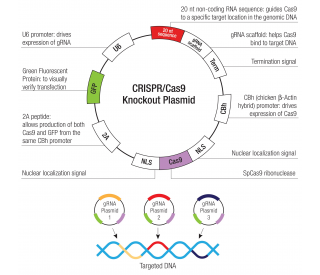
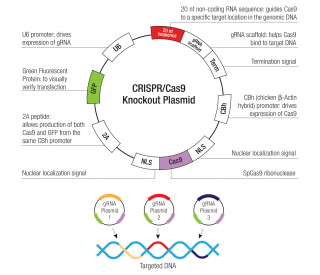
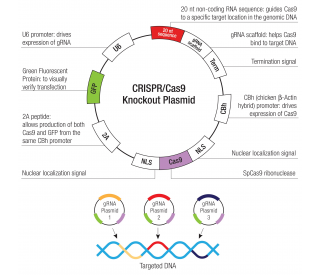
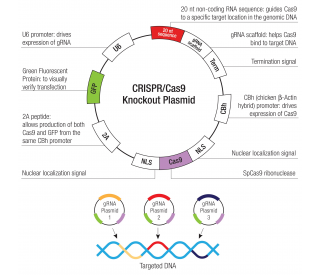
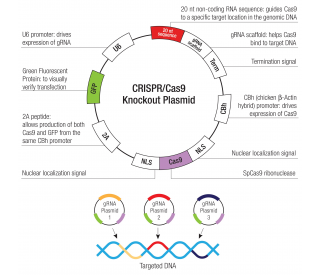
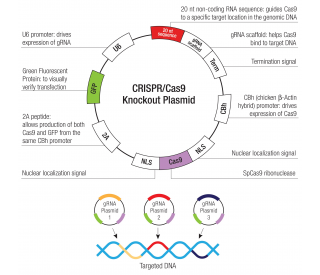




 粤公网安备44196802000105号
粤公网安备44196802000105号